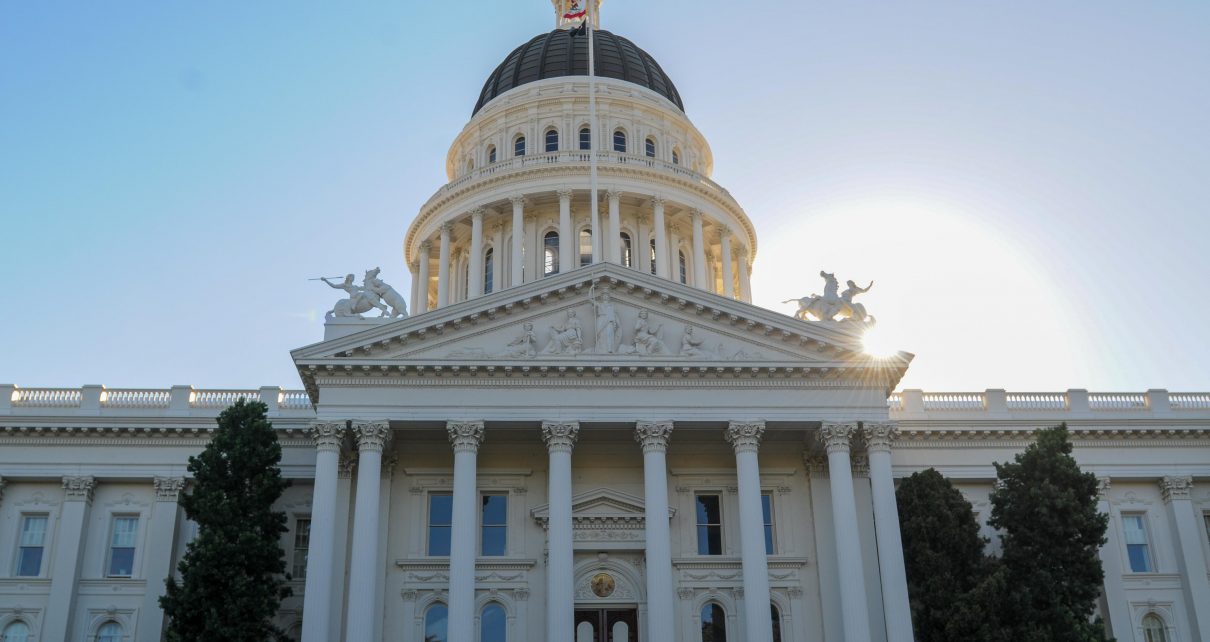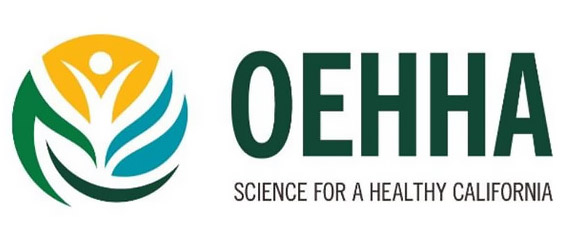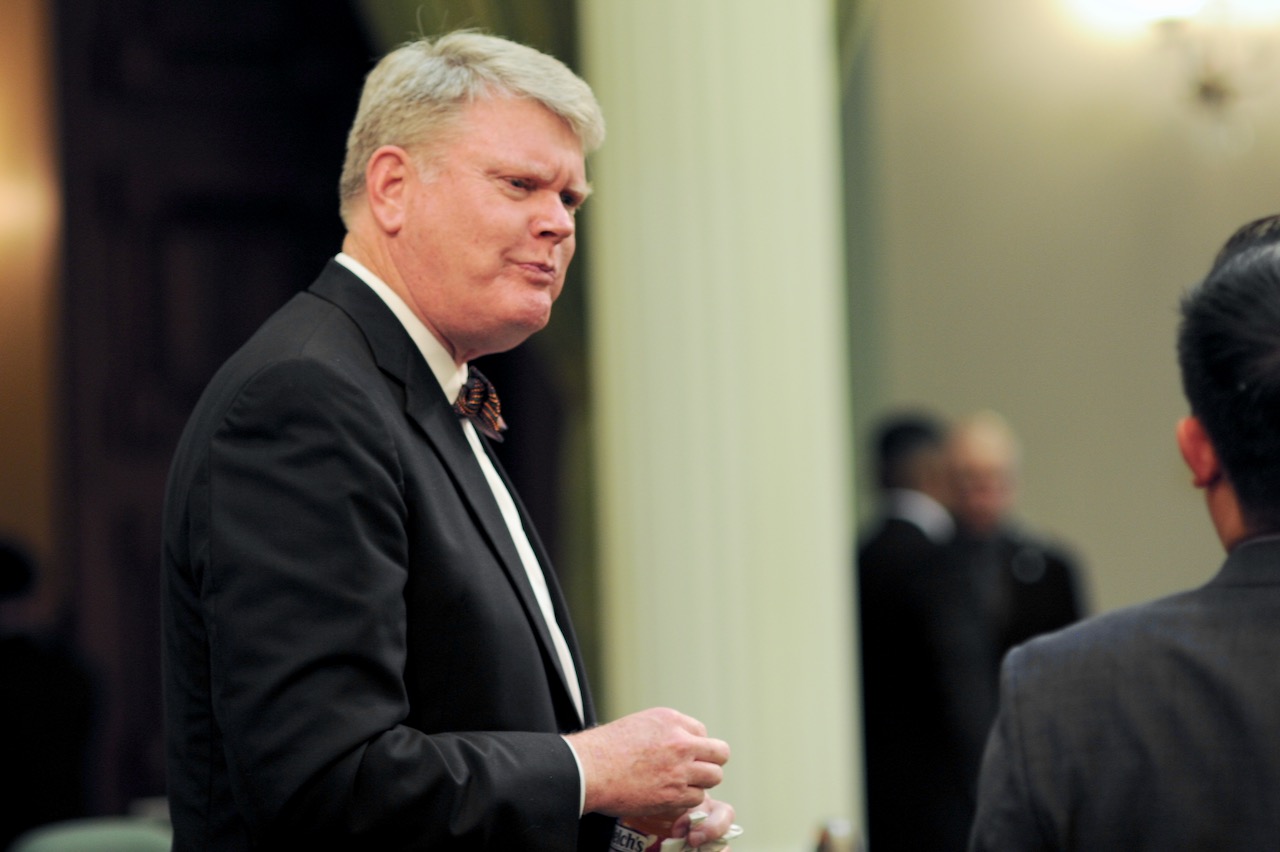
California State Capitol. (Photo: Kevin Sanders for California Globe)
California’s Drug Dealer Liability Act
Includes the manufacture of the illegal controlled substance
By Chris Micheli, June 29, 2022 3:54 pm
California has a number of formal acts in statute. In Health and Safety Code Division 10.2, there is the “Drug Dealer Liability Act” contained in Sections 11700 to 11717. It was added in 1996 by Chapter 867. Section 11700 names the Act. Section 11701 provides that the purpose of the Act is to provide a civil remedy for damages to persons in a community injured as a result of the use of an illegal controlled substance. These persons include parents, employers, insurers, governmental entities, and others who pay for drug treatment or employee assistance programs, as well as infants injured as a result of exposure to controlled substances in utero.
In addition, Division 10.2 provides that the Act will enable the above persons to recover damages from those individuals in the community who have joined the marketing of illegal controlled substances. The further purpose of this division is to establish the prospect of substantial monetary loss as a deterrent to those who have not yet entered into the distribution market for illegal controlled substances.
Section 11702 provides three legislative findings and declarations including that the civil justice system can provide an avenue of compensation for those who have suffered harm as a result of the marketing and distribution of illegal controlled substances. In addition, the threat of liability under this division serves as an additional deterrent to a recognizable segment of the network for illegal controlled substances.
Section 11703 defines the following terms: “marketing of illegal controlled substances,” “individual user of an illegal controlled substance,” “Level 1 offense,” “Level 2 offense,” “Level 3 offense,” “Level 4 offense,” “participant in the marketing of illegal controlled substances,” “person,” “period of illegal use,” “place of illegal activity,” “place of participation,” and “specified illegal controlled substance.”
Section 11704 provides that a person who knowingly participates in the marketing of illegal controlled substances within this state is liable for civil damages and that a person may recover damages under this division for injury resulting from an individual’s use of an illegal controlled substance.
Section 11705 provides that any one or more of the following persons may bring an action for damages caused by an individual’s use of an illegal controlled substance:
- A parent, legal guardian, child, spouse, or sibling of the individual controlled substance user.
- An individual who was exposed to an illegal controlled substance in utero.
- An employer of the individual user of an illegal controlled substance.
- A medical facility, insurer, employer, or other nongovernmental entity that funds a drug treatment program or employee assistance program for the individual user of an illegal controlled substance or that otherwise expended money on behalf of the individual user of an illegal controlled substance. No public agency other than a public agency medical facility has a cause of action under this division.
- A person injured as a result of the willful, reckless, or negligent actions of an individual user of an illegal controlled substance.
In addition, a person entitled to bring an action under this section may seek damages from one or more of the following:
- A person who sold, administered, or furnished an illegal controlled substance to the individual user of the illegal controlled substance.
- A person who knowingly participated in the marketing of illegal controlled substances, if specified conditions apply.
Finally, a person entitled to bring an action under this section may recover all of the following damages: economic; noneconomic; exemplary; reasonably attorney fees; and costs of suit.
Section 11706 provides that an user of an illegal controlled substance may bring an action for damages caused by the use of an illegal controlled substance only if all of the following conditions are met:
- The individual personally discloses to narcotics enforcement authorities all of the information known to the individual regarding all that individual’s sources of illegal controlled substances.
- The individual has not used an illegal controlled substance within the 30 days before filing the action.
- The individual continues to remain free of the use of an illegal controlled substance throughout the pendency of the action.
In addition, a person entitled to bring an action under this section may seek damages only from a person who manufactured, transported, imported into this state, sold, possessed with intent to sell, furnished, administered, or gave away the specified illegal controlled substance actually used by the individual user of an illegal controlled substance.
Section 11707 prohibits a third party from paying damages awarded under this division, or provide a defense or money for a defense, on behalf of an insured under a contract of insurance or indemnification.
Section 11708 provides that a person, whose participation in the marketing of illegal controlled substances constitutes the following level offense, is to be rebuttably presumed to be responsible in the following amounts:
- For a level 1 offense, 25 percent of the damages.
- For a level 2 offense, 50 percent of the damages.
- For a level 3 offense, 75 percent of the damages.
- For a level 4 offense, 100 percent of the damages.
Section 11709 provides that two or more persons may join in one action under this division as plaintiffs if their respective actions have at least one market for illegal controlled substances in common and if any portion of the period of use of an illegal controlled substance overlaps with the period of use of an illegal controlled substance for every other plaintiff.
Section 11710 provides that an action by an individual user of an illegal controlled substance is governed by the principles of comparative responsibility. Comparative responsibility attributed to the plaintiff does not bar recovery but diminishes the award of compensatory damages proportionally, according to the measure of responsibility attributed to the plaintiff.
Section 11711 provides that a person subject to liability under this division has a right of action for contribution against another person subject to liability under this division. Contribution may be enforced either in the original action or by a separate action brought for that purpose.
Section 11712 provides that proof of liability in an action brought under this division must be shown by clear and convincing evidence. In addition, a person against whom recovery is sought who has a criminal conviction pursuant to state laws prohibiting the illegal sale of controlled substances is estopped from denying participation in the illegal market for controlled substances.
Section 11713 provides that a plaintiff under this division may request an ex parte prejudgment attachment order from the court against all assets of a defendant sufficient to satisfy a potential award.
Section 11714 provides that, unless other provided, a claim under this division cannot be brought more than one year after the defendant furnishes the specified illegal controlled substance.
Section 11715 provides that, on motion by a governmental agency involved in an investigation or prosecution involving an illegal controlled substance, an action brought under this division must be stayed until the completion of the criminal investigation or prosecution that gave rise to the motion for a stay of the action.
Section 11717 provides that, if any provision of this division or the application of any provision to any person or circumstance is held invalid, the remainder of this division and the application of such provision to any other person or circumstance is not affected by that invalidation.
- Harbor Commissions in California - December 5, 2025
- Mediation Proceedings in Child Custody Cases - December 5, 2025
- Recent Legal Challenges to California Statutes - December 4, 2025





How will they collect damages when they just release people who are selling/distributing drugs? Like the two who were carrying $750,000 worth of fentanyl, were arrested, and a judge released them two days later. It’s not like fentanyl is a dangerous drug!! All of this is a joke!